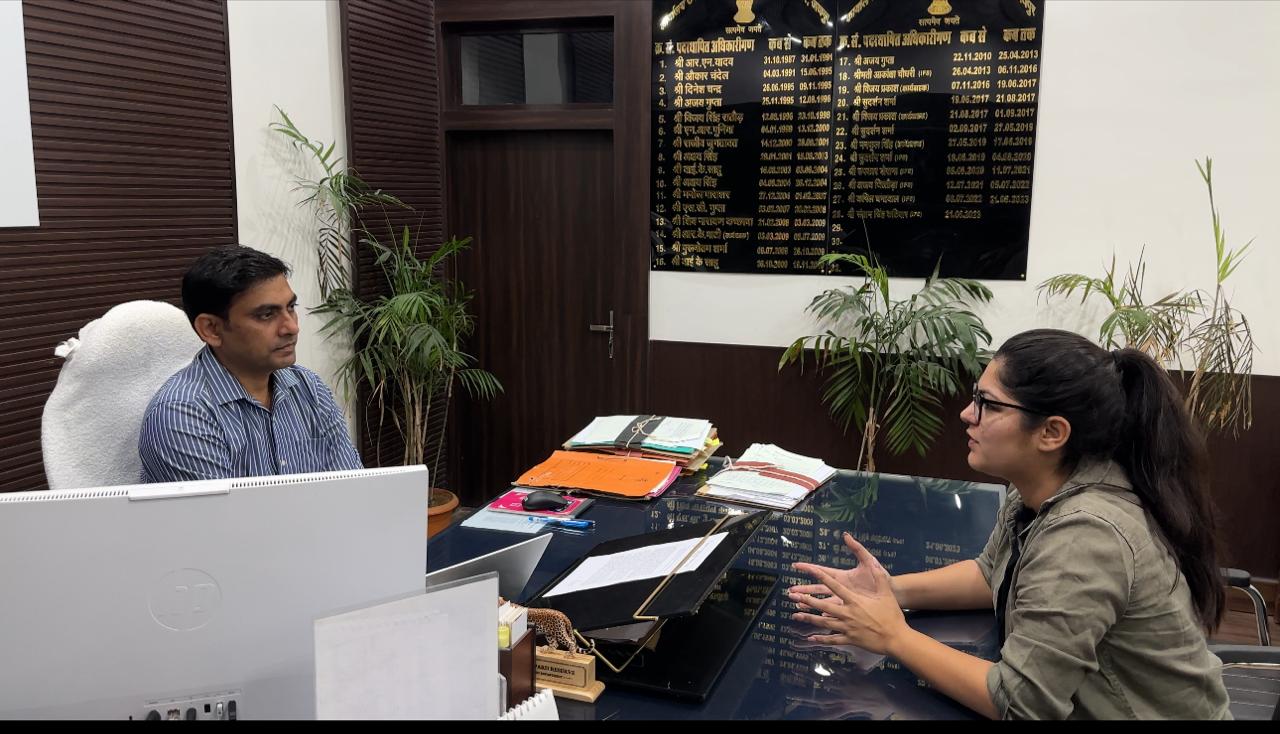
October 6, 2023
Wednesday, 11:10 PM
Dholpur, Rajasthan
Today was a travel day mostly. In the first half of the day, I was in Jaipur, where I met Sh. Sangram Singh Katiyar, Deputy Conservator of Forest (Wildlife), Jaipur, who is the in-charge of the Jhalana Leopard Reserve (also called Jhalana Safari Park, which is unique in many ways. First and foremost, it is India’s very first Leopard Reserve and came into being relatively recently in 2017. Second, it has the largest population density of leopards in the world with around 40 tigers in 20 sq kilometers. Third, it is right in the middle of the city of Jaipur (South-Eastern part of Jaipur, to be precise), which is remarkable in its own way because designated reserves, especially for big cats, are generally in areas a little far from human population for the obvious reason of human-animal conflict.
Jaipur is set to have two more Leopard Reserves, which means Jaipur is the Leopard Capital of India in the making, so to speak. It’s quite fitting because Jaipur is the capital of Rajasthan, which is the first Indian state to launch Project Leopard.
Jhalana Leopard Reserve, being in the middle of Jaipur, is basically an island Reserve, which comes with its own share of challenges, and that’s what the discussion with Sh. Sangram Singh Katiyar was majorly about. It’s easy to guess that the first problem is the human-animal conflict, which arises whenever a leopard tries or manages to get out of the Reserve. So the authorities have to be at the ready to move at short notice to bring the animal back to safety safely. But leopard is by nature a very shy animal and does not ordinarily interact with human beings and would not attack unless provoked and until it feels threatened. For the most part, all that human beings need to do when and if they encounter a leopard is slowly back off, and the leopard would most likely find a way to get away as quickly as it can (and leopards are pretty quick).
However, the most interesting thing Sh. Katiyar talked about was how the average temperature of Jhalana Leopard Reserve and the surrounding areas was few degrees lower than that of the rest of Jaipur all year round, which makes the Reserve crucial for the environment of Jaipur, for it acts like the lungs of the city. He floated the idea that if there were more of such reserves around the big cities in India, those cities could breathe slightly better, mitigating to a large extent all the environmental degradation that urbanization brings in its wake.
After meeting with Sh. Katiyar, we left for Dholpur, which is our next destination on ATR. But it took a little longer to reach because we got a flat on the way, and had to deal with that. There is no story there, but there is something about the difficulties identifying leopards because they are not as easily identifiable by their spots at tigers are by their stripes. More about it in some other post.